Geothermal energy Ireland – Unlock the power of geothermal energy Ireland with Ellis Well Drilling, offering expert solutions for sustainable heating and cooling using your land’s natural resources.
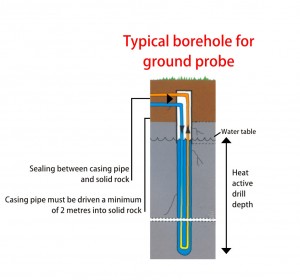
Switching to Geothermal energy Ireland has advantages that far outweigh the disadvantages and you can bask in the knowledge that your carbon footprint will be hugely reduced, a benefit to all future generations.
Ground source heat pumps, also known as geothermal heat pumps, are used for space heating and cooling, as well as water heating. They operate on the fact that the earth beneath the surface remains at a constant temperature throughout the year, and thus that the ground acts as a heat source in winter and a heat sink in summer. They can be used in both residential, commercial and institutional buildings.

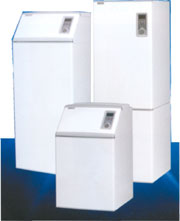
The earth’s surface acts as a huge solar collector, absorbing radiation from the sun. In Ireland the ground remains a constant temperature between 11° C and 13° C, several metres below the surface.
Ground source heat pumps take advantage of this by transferring the heat stored in the earth or in groundwater to buildings in winter and the opposite in summer for cooling.
Through compression, heat pumps can ‘pump up’ heat at low temperature and release it at a higher temperature so that it can be used again.
A geothermal heat pump looks similar to and can perform the same tasks as a conventional gas or oil boiler, i.e. space heating and sanitary hot water production.
For every unit of electricity used to pump the heat, 3-4 units of heat are produced.
As the price of ‘traditional’ energy increases, geothermal systems are becoming more attractive as a heating option for public buildings, commercial structures and private homes. Typically the extra cost of a geothermal system will pay for itself within 7 to 9 years and this time is set to decrease as the cost of fossil fuel energy continues to climb.
The geothermal system is among the most energy efficient and cost effective heating and cooling systems available today. Typically four units of heat are generated for every unit of electricity used by the geothermal heat pump to deliver it. Once installed a heat pump requires very little maintenance.

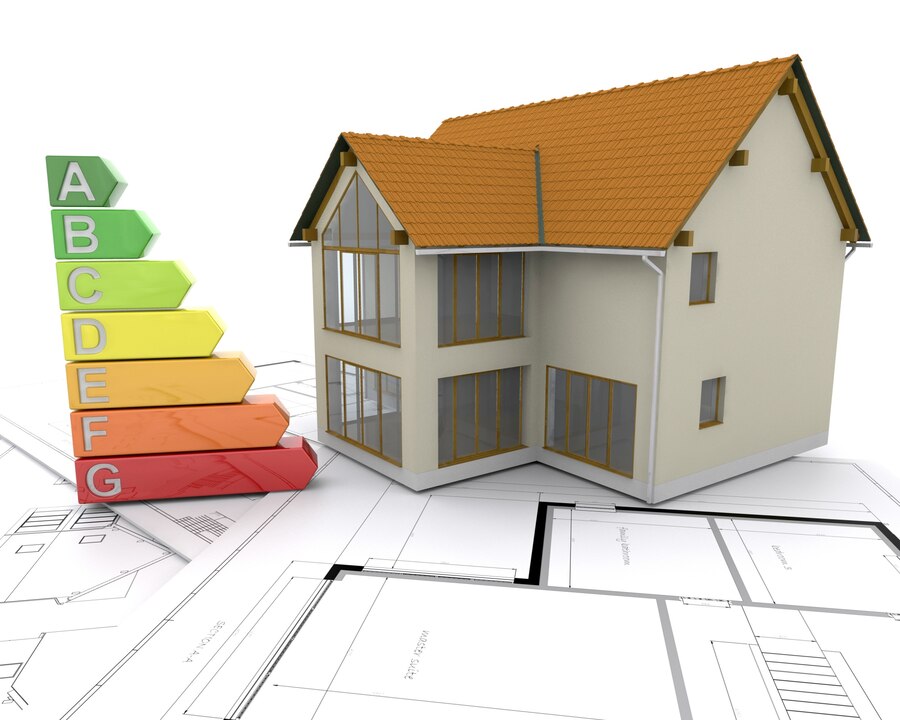
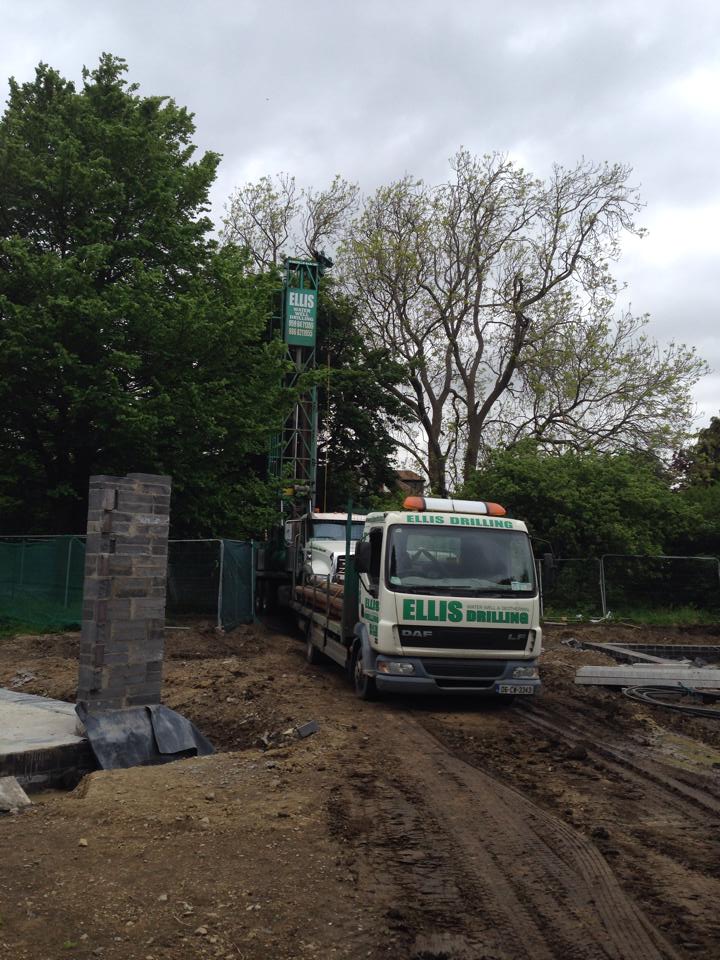
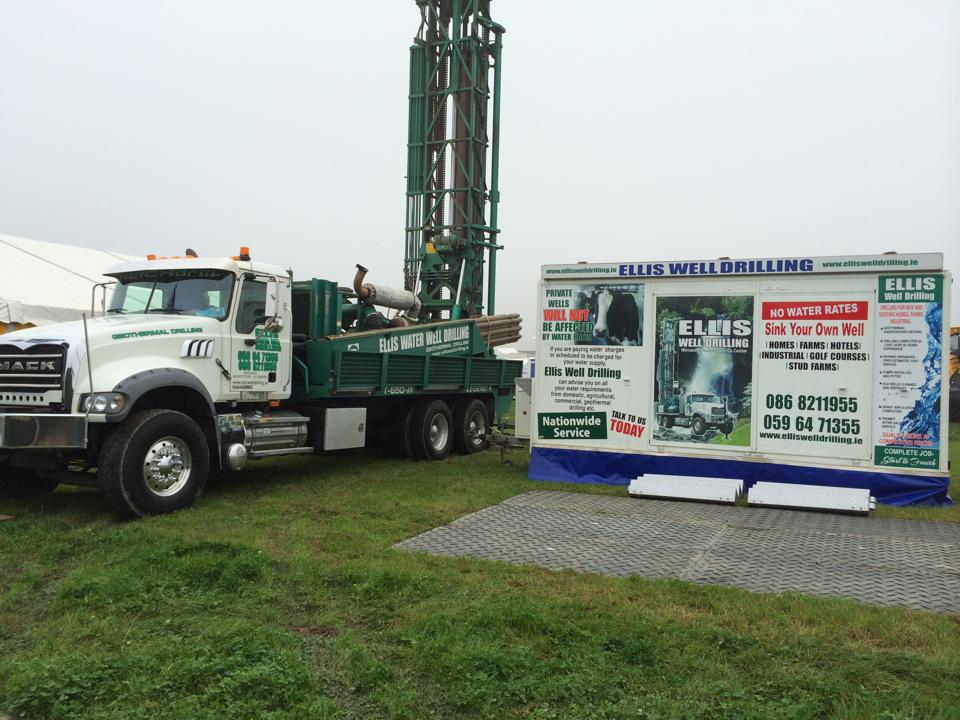
The system has three main components:
lengths of plastic pipes are buried in the ground, either in a borehole or a horizontal trench near the building to be heated or cooled. Fluid – normally water and anti-freeze – absorbs or emits heat to the soil depending on whether the ambient air is colder or warmer than the soil. In winter, the heat pump removes the heat from the fluid and upgrades it to a higher temperature for use in the building – typically in under-floor heating.

Vertical loops are more commonly used where land area is limited, a closed loop of pipe filled with anti freeze solution are inserted in the boreholes and then connected to the heat pump. Vertical collectors harness geothermal energy from bedrock and aquifers are ideal for small plots and mature gardens.

A distribution system is needed to transfer the heat extracted from the ground .A horizontal array can be used if the site contains a usable ground area at least 50% larger than the total floor area of the house, taking up more land area than any other loop type. It is important not to build, landscape or plant trees or shrubs in the vicinity of the collector as roots can interfere with the operation of the heat pump.